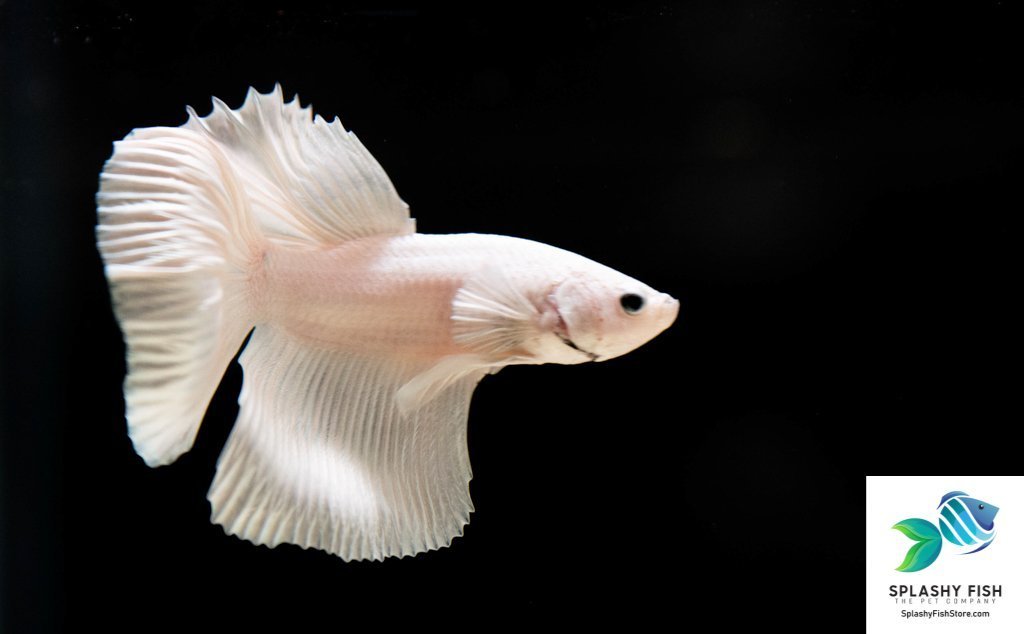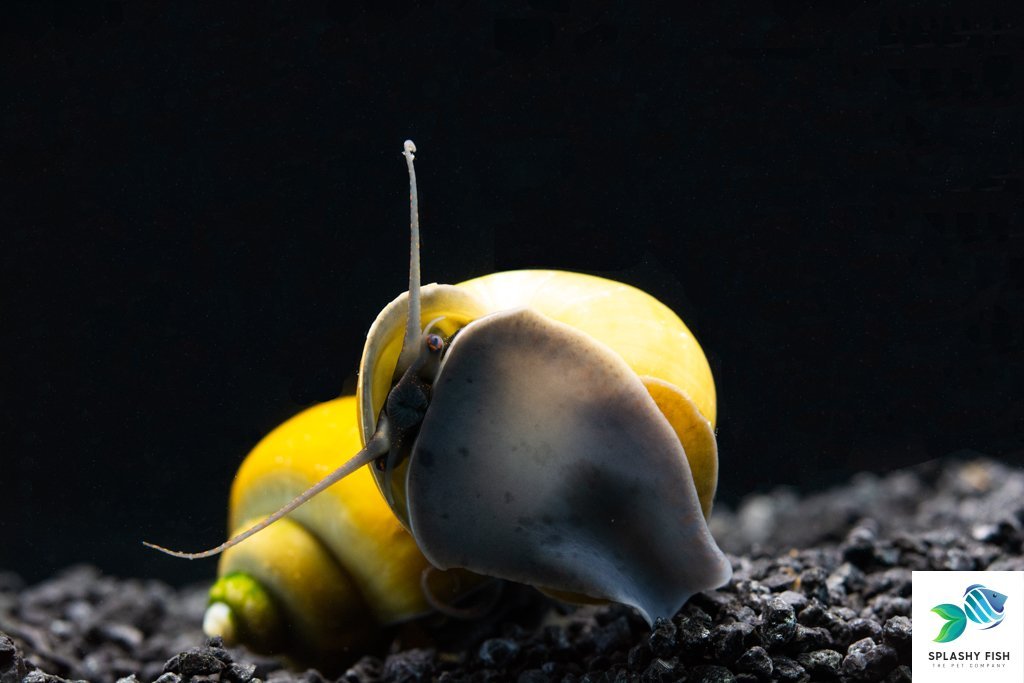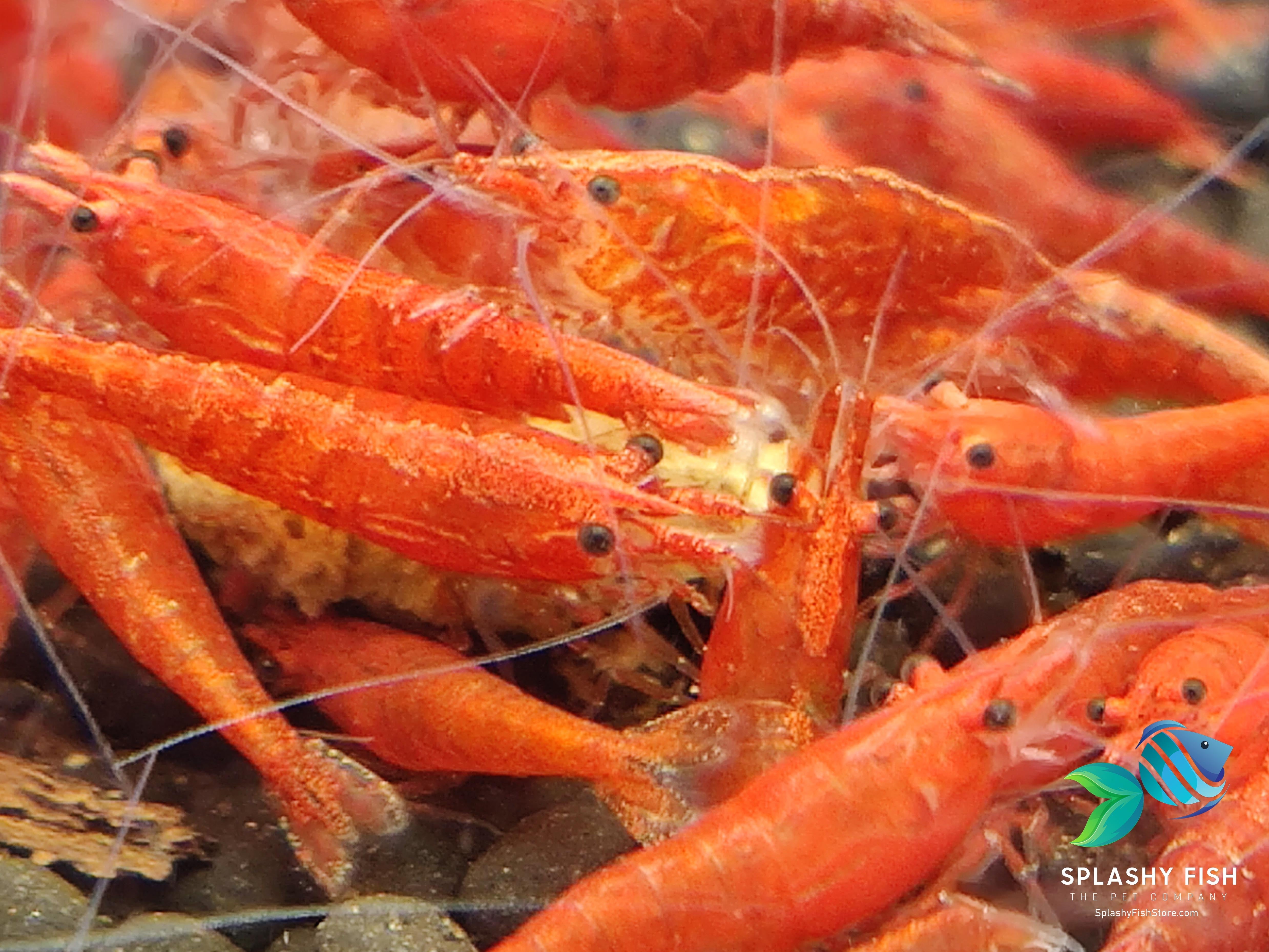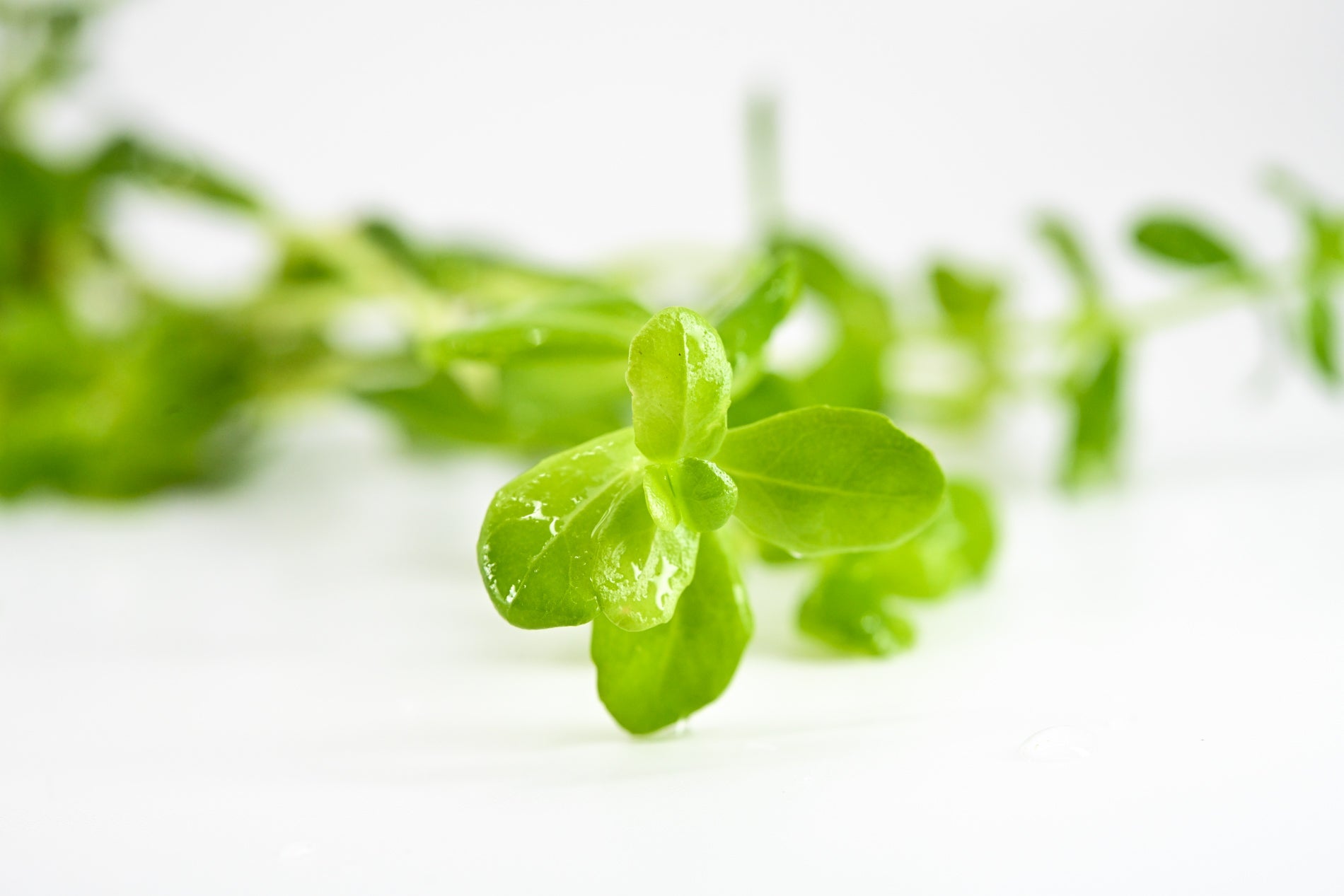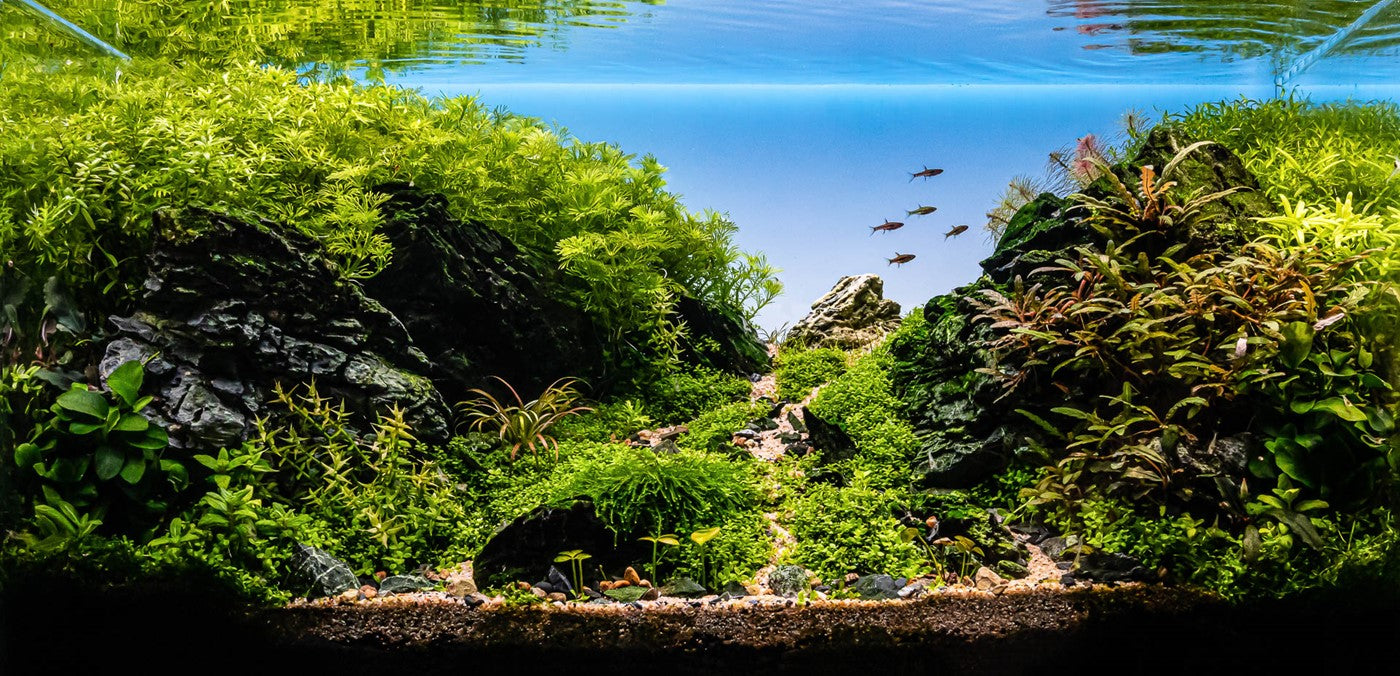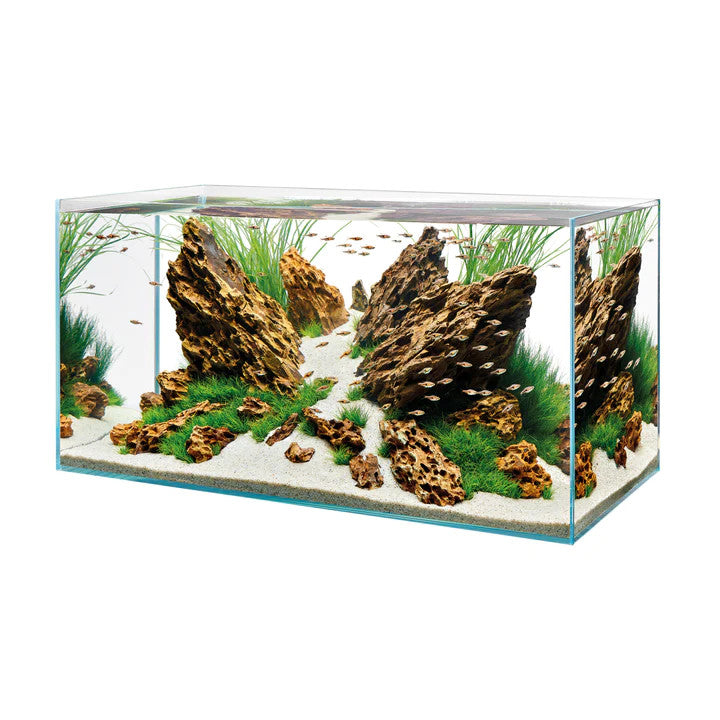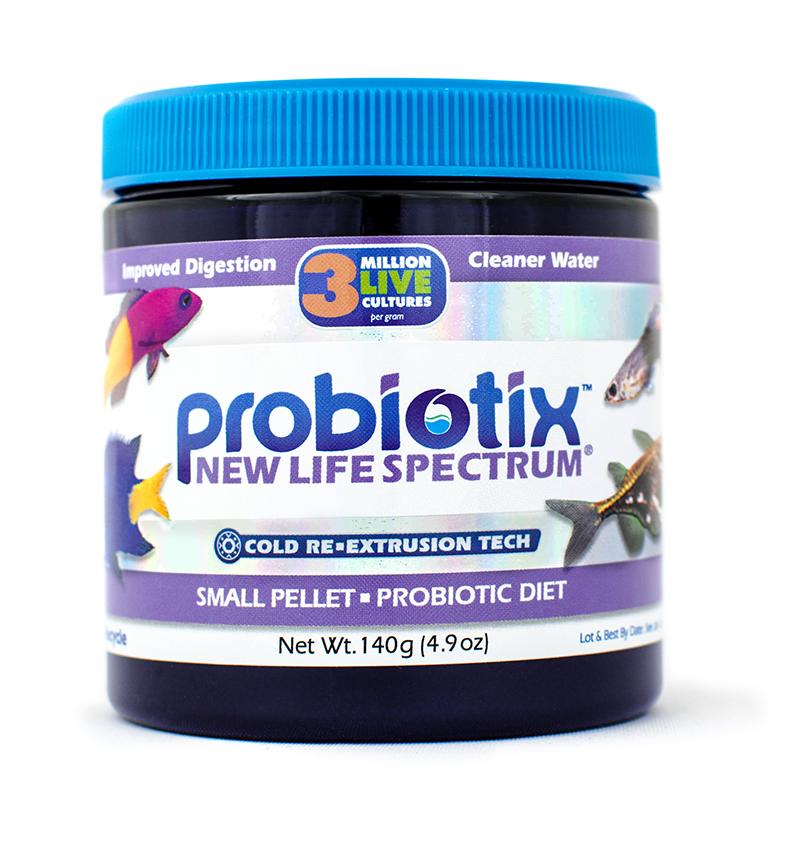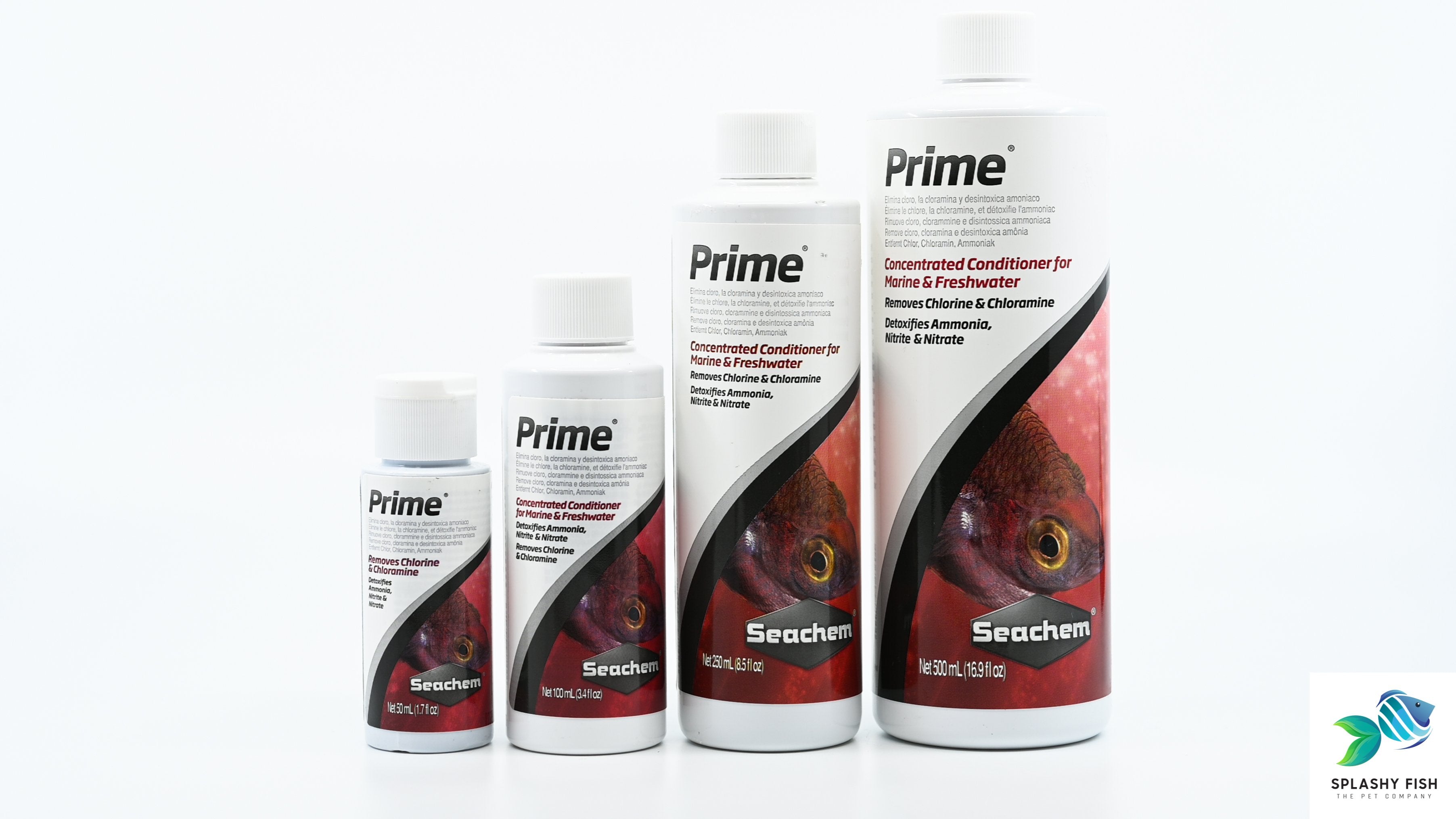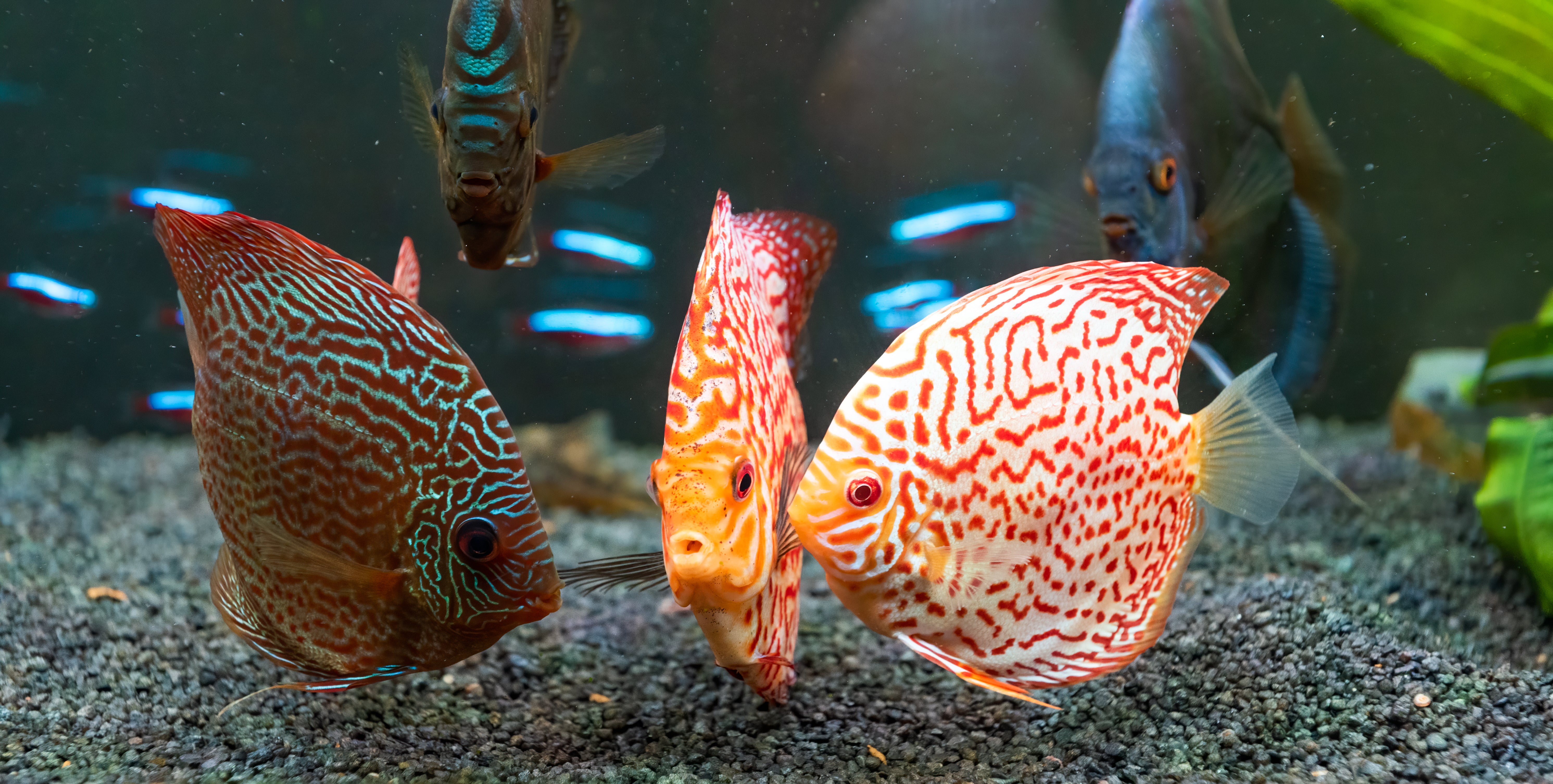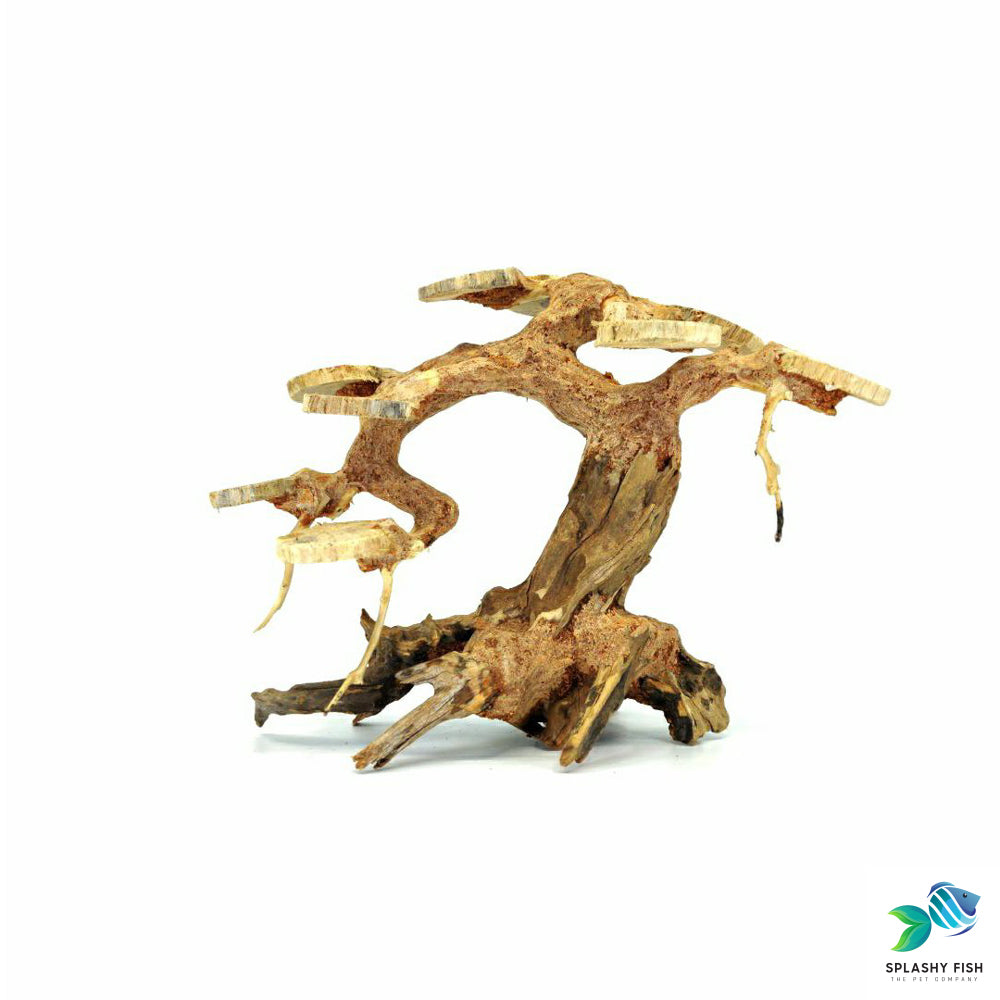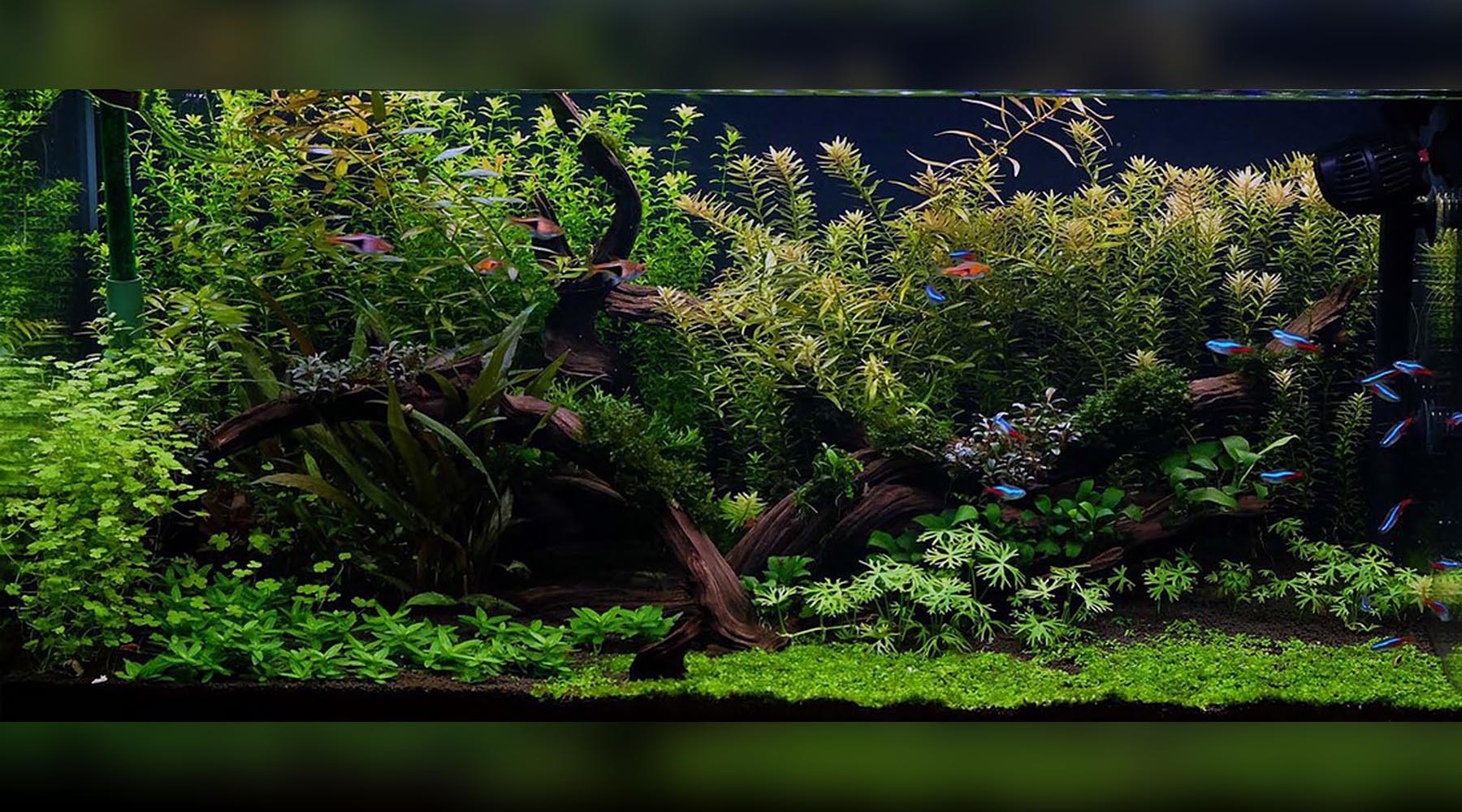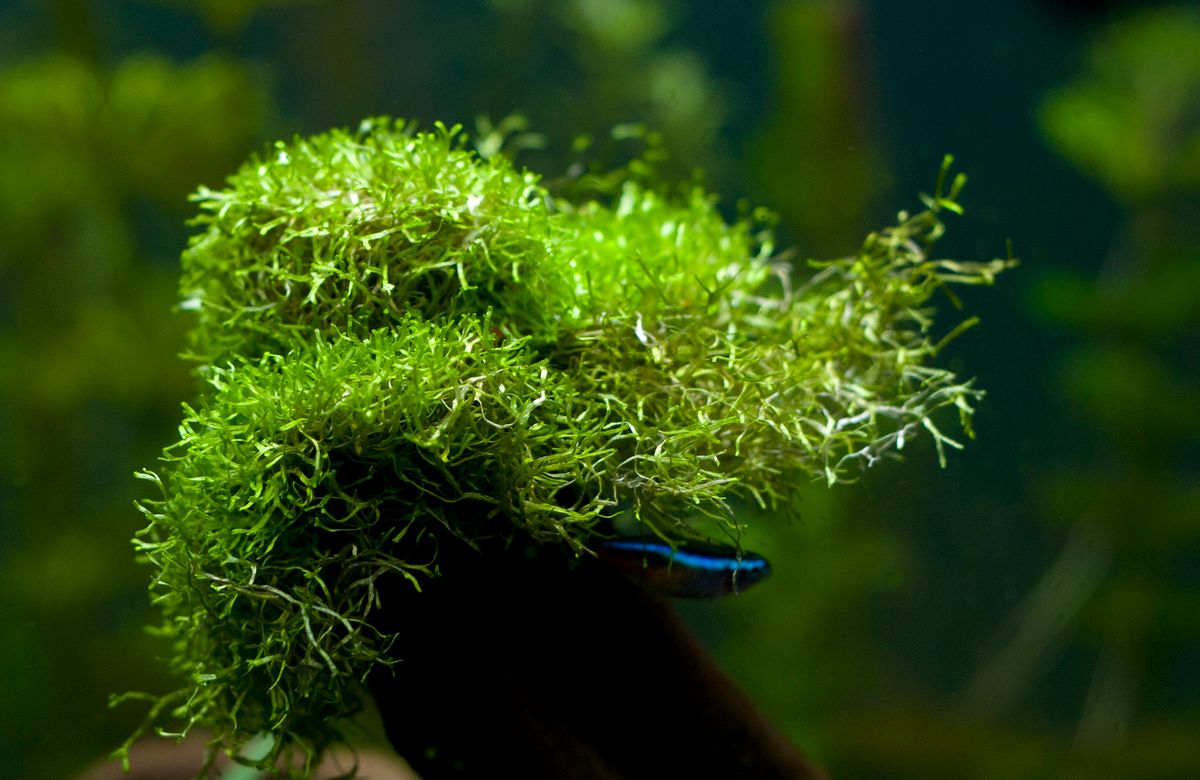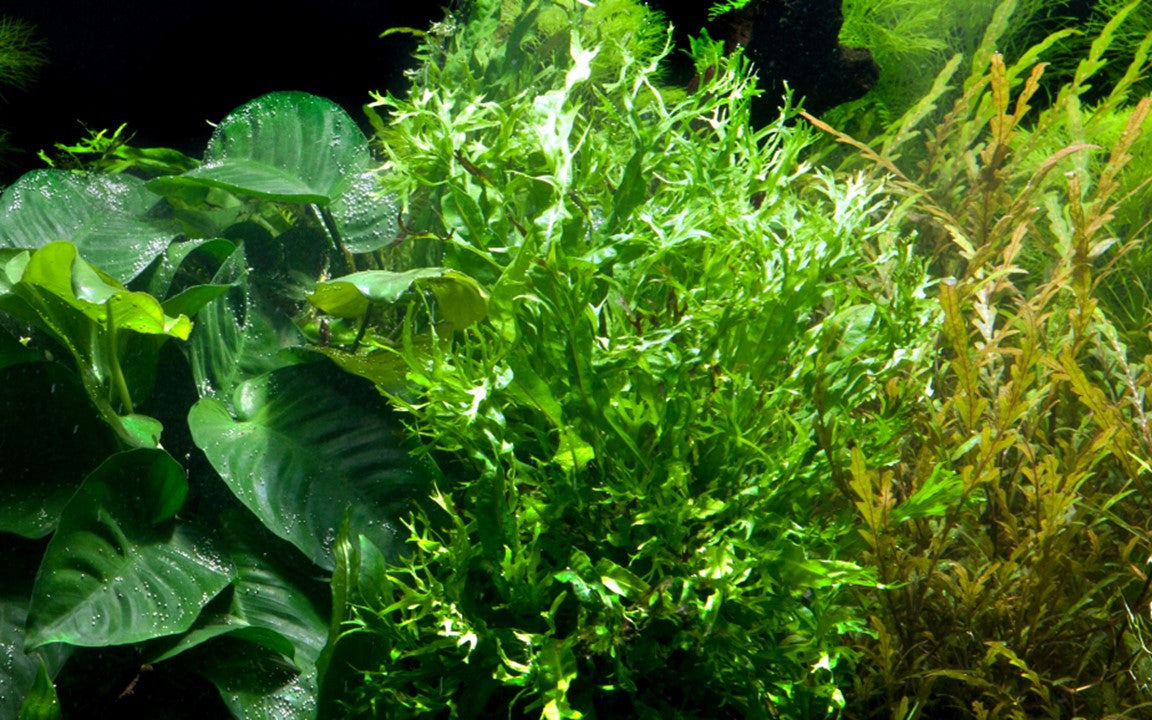CARE GUIDE FOR YOUR GOLDEN RAM
Unlike German blue ram, Golden Ram or Gold Ram displays a striking yellow glow which could easily outcompete the community tank in terms of impression. 
Golden Ram (scientific name: Mikrogeophagus ramirezi var. “Gold”) is a variant of the popular freshwater German Blue Ram. Like its name, the species is highlighted with the bright yellow/gold coloration mainly on the head which slowly fades into shimmering silver at the end of the body. Such feature charms everyone who just happens to encounter this tropical fish. Males tend to exhibit more intense coloration, especially during the spawning period. Nevertheless, the females are still regarded colorful.
Golden Ram is a captive-bred fish and won’t likely be found in wild habitats. Despite that, one still learns and creates their living conditions since they are quite like those of German blue ram. This dwarf cichlid prefers the below water parameters:
They are pleased with warm temperatures having average ranges between 74° - 82°F (23° - 28°C). Known for being hardy, these lovely live fish yet strictly require clean water quality to thrive. Same as their relatives, German blue ram, they are extremely sensitive to shifts in water parameters, even the smallest one. That also explains why possessing the endurance ability, Golden Rams are still not recommended for beginners and intermediate fish keepers.
To create a standard Golden Ram home aquarium, you need to consider, of all the things, the aquarium size. Many reports showed that large tanks allow the water conditions to be more stable and monitored better. Generally, a 20-gallon fish tank is highly recommended to keep one Gold Ram specimen. While keeping a pair of them, a double-sized tank should be preferable. Golden Rams are typically kept in pairs. The ratio of one male to one female is often encouraged in practice. For best results, you should choose the fish that seem close to each other to avoid any conflicts aroused while living together.
Speaking of temperament, Golden Rams are regarded peaceful species. Still, they show aggressive behaviors in certain cases, mostly when they feel unsafe or alarmed if other fish try to enter their territories. Therefore, they need an ample space to be anxious-free and some live aquatic plants to feel secure. If tank size is already decided, it then comes the things put into that tank. Golden Rams are contended with a sandy substrate and plenty of refuge such as clay pots, driftwood, and rock formations. Live aquatic plants could not be too dense but required to imitate the natural environments. Go with the robust freshwater plants that endure similar conditions to those of the fish such as, Java Fern, Amazon Sword, Wisteria and Mosses. They are absolutely the wise choice in terms of care and aquascaping intent. While arranging your fish tank, remember to leave a fair amount of open space for Golden Rams to swim; or else, they may venomously seek the zone from others’ territories. It appears discouraged to find lots of notices one must learn for taking care of this dwarf cichlid. Fortunately, you may be delighted to find Golden Rams quite easy-going in the matter of diet.
It appears discouraged to find lots of notices one must learn for taking care of this dwarf cichlid. Fortunately, you may be delighted to find Golden Rams quite easy-going in the matter of diet.
When it comes to diet, Golden Ram, amazingly, is not a picky eater at all. The fish are omnivores and can accept various types of high-quality fish food like brine shrimp, bloodworms, fish flakes and sinking pellets. Occasionally adding some blanched vegetables and plants (e.g., spinach, cucumbers) to keep its diet balanced and ensure it gets all the essential nutrients and vitamins it needs to stay healthy. You can feed them once or twice a day. It is believed that the latter benefit your rams especially when they are growing up while the former is usually applied for adult specimens. Follow a good rule of thumb that feed them the amount sufficient for them to consume within 2-3 minutes, and remove all leftover food after that time. It helps maintain the good quality of the water as well as not overfeed your rams. Try to spread the food over the water surface when feeding to make sure your fish can approach their meal, particularly if they are kept in community tanks.
A balanced diet with appropriate and clean-living conditions are surely the main factors to prolong the lifespan of Golden Ram. Nevertheless, other side issues are not less important. Tank mate is an example. Unless you intend to create a Golden Ram only tank, you need to carefully consider the species you are going to pair them with.
Dwarf shrimp and other small, delicate invertebrates should not be in the list given Golden Ram’s size (average size of 2 inches (5 cm)) and feeding habits. They are easily perfect prey to your Rams because their small dimensions make them fit in Ram Cichlids’ mouth and your Rams will definitely chase these tiny creatures concerning their nature. Instead, you can opt for more durable, peaceful, and larger shrimp and snails. Some compatible fish mates like Blue Danio, Rose Danio, Pencil fish, Harlequin Rasbora, Cardinal Tetras are also good enough to be thought of. Golden Ram is one of the Ram Cichlids mostly chosen to breed in captivity. Providing them with proper conditions, the pair will naturally come to each other for mating and spawning. If you would like to give a try, there are certain notices you should bear as follows:
Golden Ram is one of the Ram Cichlids mostly chosen to breed in captivity. Providing them with proper conditions, the pair will naturally come to each other for mating and spawning. If you would like to give a try, there are certain notices you should bear as follows:
- Equip yourself with a separate breeding tank is highly recommended. Although some breeders allow their Golden Rams to spawn in the main aquarium, putting the chosen ones into a separate tank will increase the successful breeding rate while not disturbing the stable living conditions of other fish in that main aquarium. Moreover, your Rams won’t always be in a stressful and aggressive state in order to protect their eggs/ frys.
- Create a favorable breeding environment that encourages your Rams to pair with each other. Simply lower the pH level to 5.8 – 6.0 and gradually raise the temperature in the breeding tank daily until it reaches 85°F. Then, you will see the male chase the female as a part of the courting process.


